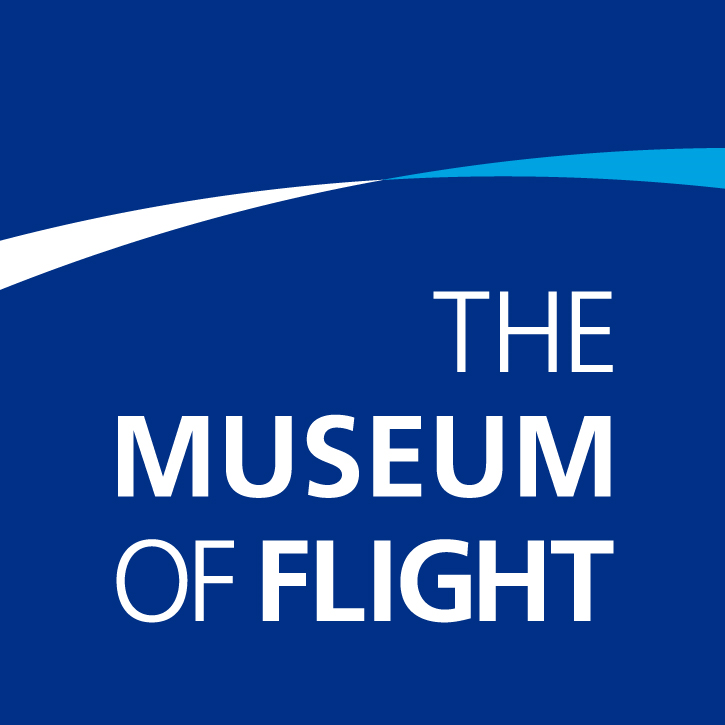Wright, Wilbur, 1867-1912
Dates
- Existence: 1867 - 1912
Biographical Note: The Wright Brothers
Orville Wright (August 19, 1871 – January 30, 1948) and his brother Wilbur (April 16, 1867 – May 30, 1912) are credited with being the first to successfully invent, build and fly an airplane. Their first successful flight in a powered, heavier-than-air aircraft took place on December 17, 1903, near Kitty Hawk, North Carolina.
Orville and Wilbur were two of seven children born to Milton Wright (1828–1917), a bishop, and Susan Catherine Koerner (1831–1889). They attended high school though neither received a diploma. In 1889 they started a printing press and published a newspaper. Later they cashed in on the bicylce craze and opened a repair and sales shop. Increasingly interested in flight, they began experimentation by 1899. The experimented first with gliders before attempting powered flight. Aviation pioneer Octave Chanute had suggested to them to do their test flights along the mid-Atlantic coast for its breezes and soft sandy landing surfaces, so they decided on Kitty Hawk, North Carolina which also gave them privacy from reporters.
After many experiments with gliders, the brothers built their first powered aircraft, the Wright Flyer, in 1903. After having a custom designed propeller made, they began flight attmpts on December 14, 1903. After repairs and modifications to their Flyer, they made their successful flight attempts on December 17, 1903, with two flights each from level ground into a freezing headwind. Orville's first flight was at 10:35 am, flew 120 feet in 12 seconds at a speed of only 6.8 miles per hour at an altitude of about 10 feet above ground.
In 1904 they set up an airfield at Huffman Prairie, near Dayton to continue to experiment closer to home. They continued to modify their Flyers and make flying attempts, but their accomplishments were met with skepticism by the press. They spent 1906 and 1907 unsuccessfully tyring to get contracts from the U.S. and European governments. More demonstration flights, both in the U.S. and Europe, brought them more attention, business success and fame.
In 1906 they had been awarded patent number 821393 for "new and useful Improvements in Flying Machines". However they had continuing legal battles with other aviators, namely Glenn Curtiss, who refused to pay licensing fees. They incorporated their Wright Company on November 22, 1909. They hired exhibition pilots in 1910 to drum up business for aircraft sales. That year their company also made the first commercial cargo flight by flying fabric Dayton to Columbus, Ohio, for the Morehouse-Martens Department Store. The Wright Brothers Flying School at Huffman Prairie trained over 100 pilots.
Wilbur died of typhoid fever in 1912. Orville continued to run their business, with assistance from their sister Katharine, until 1915 when he sold it. He made his last flight as a pilot in 1918, serving on boards and committees in his retirement. Orville died in 1948.
Found in 1 Collection or Record:
Edward M. Young Aviation Lithographs Collection
Contact us with a research request
curator@museumofflight.org
